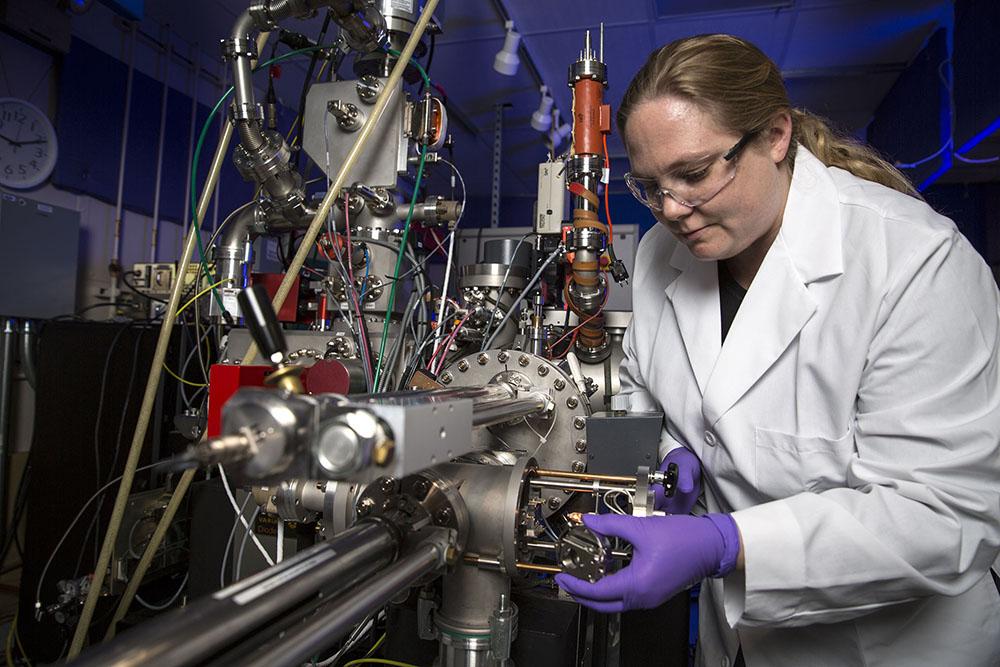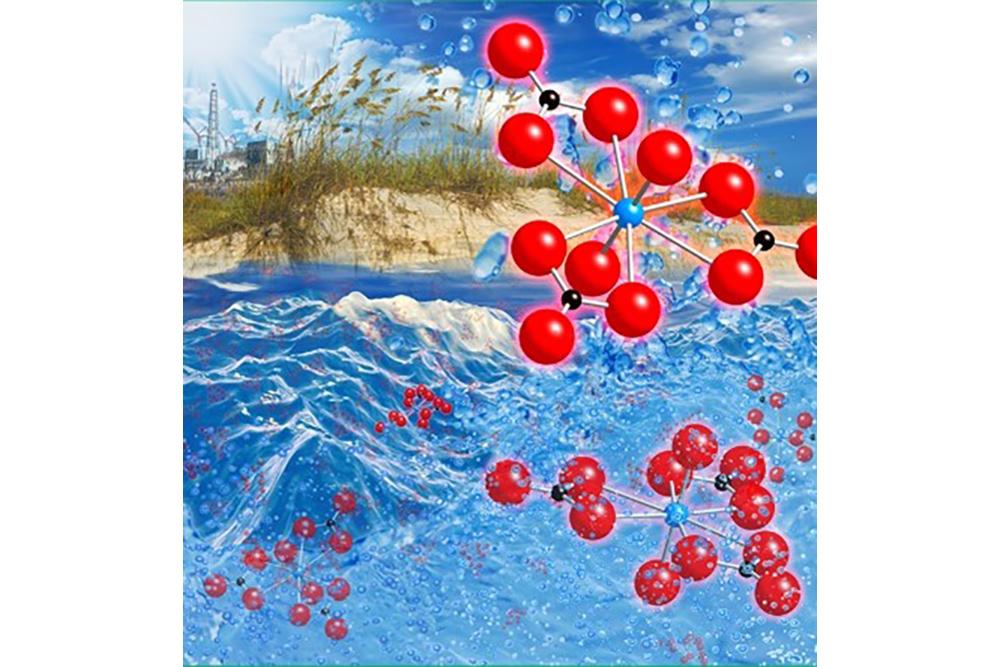LLNL researchers—and visiting scientists—use LLNL’s world-class experimental resources and modeling codes as they explore challenges in nuclear science and radiochemistry.

Instrumentation
LLNL has more than 50 radiological labs designed for studying radioactive isotopes. In addition, our technology includes:
- Accelerator Mass Spectrometry. Conduct ultra-sensitive isotope ratio measurements.
- Resonance Ionization Mass Spectrometry. Measure isotopes with lasers that ionize atoms.
- Nano-Secondary Ion Mass Spectrometry. Analyze isotope ratios in sub-micron samples.
- High-Resolution Mass Spectrometry. Measure isotopic compositions of environmental samples.
- Nuclear Magnetic Resonance Spectrometry. Analyze radiological and chemical threat agents.
- Transmission Electron Microscopy. Capture high-resolution images of nanoscale and microscale material processes.
Learn more about:
LLNL’s accelerator complex | LLNL’s mass spectrometry instruments
Modeling
LLNL supports the development of open-access findable, accessible, interoperable, and reusable (FAIR) databases and codes that are critical to predicting the long-term behavior of metals, radionuclides, and major elements in Earth systems. Our code resources include:
- Thermodynamic modeling. Simulate the solution and solid phase speciation in Earth Systems.
- Sorption. Develop codes and databases that simulate reactions at the solid-water interface.
Learn more about:





